Wild Pottery in the woods of Sussex – a weekend course in primitive pot making.
After harvesting the clay from the banks of a running stream at Wapsbourne Farm, it was mixed with some pre-prepared grog (biscuit fired clay that has been ground to a powder) and fashioned into pots using your hands while sitting on logs around the camp fire which was created from wood foraged from the surrounding woods. The primitive technique used were similar to the methods employed by the ancient Romans. The simple procedure employing the most basic resources is outlined below.
Harvesting clay from the stream at the WoWo campsite in Sussex, England
Making the pots. Course leader Ruby Tayor provides Roman-style tools: chicken bones and sharpened sticks for shaping the pots and creating patterns on their surfaces
Once the pots have been made, they’re left to dry for a week before firing
Pottery being fired in a woodland fire in Sussex :
Before the firing, the pots are placed around the edge of the fire warm up so the extreme heat change doesn’t damage them
A platform is built over the embers of the fire to stack the pots on for the firing
The pots are stacked tightly at the centre of the fire
As the fire burns up through the platform the sticks catch fire. Sticks are piled up around the pots to keep the heat in.
Pots are temporarily blackened by the flames
The pots cool in the dying fire
Milk can be used to glaze the inside of the hot, newly fired pots, making them less porous
Final inspection
Photographs above : Frederika Whitehead/Guardian
Wild Pottery
Native Hands wild pottery course
…
Ceramic Fixation
A certain degree of fixation and obsession is needed to get any creative project up. Even more so if you are forging new techniques and methods and being lead along an inspirational path to your fulfilment. Sometimes that intense focus can lead to attachment. Michael James Hawk from artblog explored the psychology of attachment for an artist : “ You dive into a piece, the piece gets invested over a long period of time with your skill and passion, sweat and blood (and precious dollars). You begin to identify with the piece as a parcel of your thinking, your intelligence; an extension of your corpus. Pride swells on the brain: pride of creation, pride of ownership.
The symbology (content) itself maybe gripping or stunning enough to send you, the artist, into otherworldy states (artist as audience). Anthropomorphic pieces further trick the brain into subconscious attachments and associations, such is the power of mimesis of the human face, body and gestural expressions.
When it’s finally time to divest of the piece — when that decision has been made — often it is difficult to let it go, so great are the attachments.”
” Koan for the day: when an artist gives away their Art, into that dry arms-length marketplace, remember the pain of their bodily spiritual divestment.”
Conversely, in some instances an artist is glad to release their creation and get closure so they can get back to a normal routine or maybe embrace the joy of starting another project. Then again they might just want to recoup their investment and pay the rent.
Below is a random collection of different innovations in clay from ancient to modern that might have resulted from inspired fixation.
Zuni jar – earthenware, white slip, pigments
New Mexico,USA c.1880
Mervyn Gers – Koi swim ceramic plates
Monumental Minton vase – height 24.5 “
( Treadway Toomey )
Sculptural geometric vase – Andrew Van Assche
Let it rock :
Kristine Tillge Lund Copenhagen, Denmark
Kristine Tillge Lund rocking a ceramic bottle
( http://konsthopp.wordpress.com/ )
Kristine Tillge Lund Vase
Tile project by Kristine Tillage Lund
Vietnamese sculpture of Sydney Opera house – The artisans from the 400 year old Thanh Ha village spent two months making this piece.
Chinese Fangyi – Ceremonial Wine Vessel
( the original wine cask ? )
Green Gio Ponti table lamp
Root Hound – Kate MacDowell porcelain sculpture
Moser Karlsbad elephant vase – 20th century
( Heritage Auctions )
Steve Young Lee,-Cups Panel
Deformed vase with scroll pattern – Steve Young Lee
Familia Terracotta Teapot Set by Normann, Copenhagen
Designer Ole Jensen
Culture clash – Coca Cola Vase (1997). A vase from the Neolithic Age (5000 – 3000 BCE) with a Coca Cola logo from the 50’s
From Ai Weiwei’s Dropping the Urn exhibition.
Ceramic bottle by Nils Thorsson for Royal Copenhagen
Chewing Gum – Haidar Maidh
Emilio Casarotto abstract sculptures
Eva-Champagne – ceramic wall sculpture
Hybridized biomorphic sculptures highlighting the infinite varieties and unifying order that occur within the natural world.
FOGLIO – Brian Sironi, Italy
FOGLIO – Brian Sironi slab built vase
FOGLIO – Brian Sironi slab built vase
Inalco stoneware porcelain wood textured tiles, Spain
Inalco stoneware porcelain textured wall panels.
Metavoid by Akiyama Yo
Takuro Kuwata vase
Pottery in India – making a Ganesha statue
Stephen Bird – “ Persian blue shoot out “
Modernist ceramic bathroom furniture ( Basin, bidet, toilet ) – Ceramica FLAMINIA, Viterbo, Italy
Automotive cookie jar – Mainly Art
1951 Buick Le Sabre clay model
A 1951 Buick Le Sabre
Archaic ritual vessel (Greece )
Chinese Kangxi Style Double Moon Flask

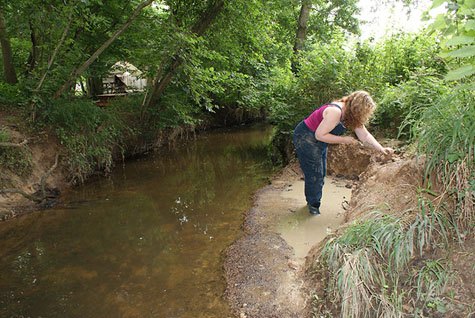
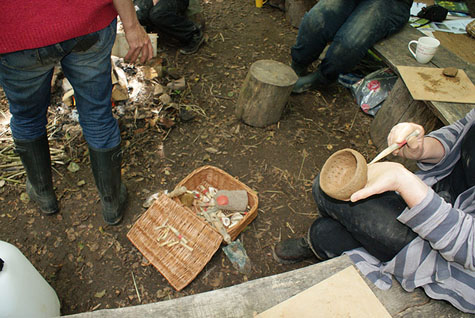
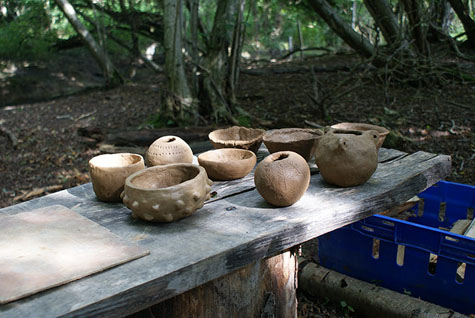
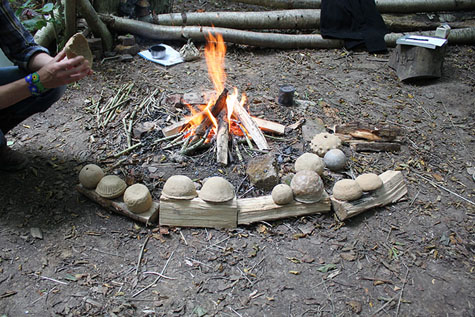
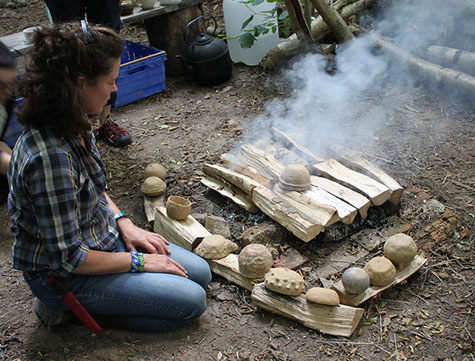
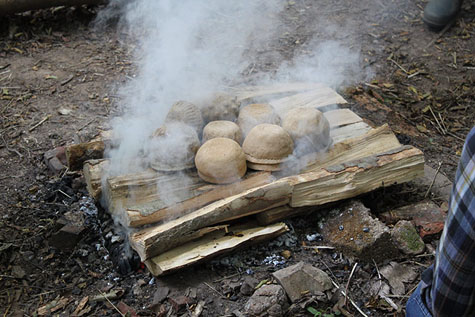
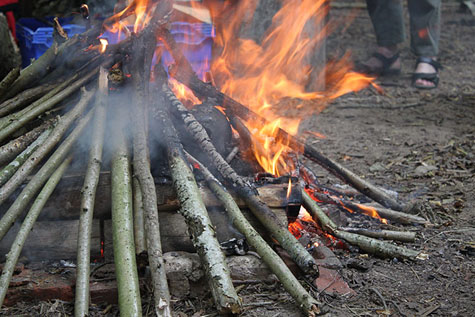
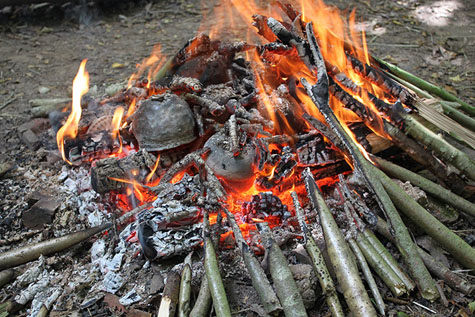
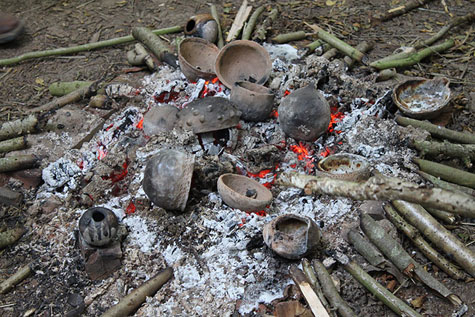
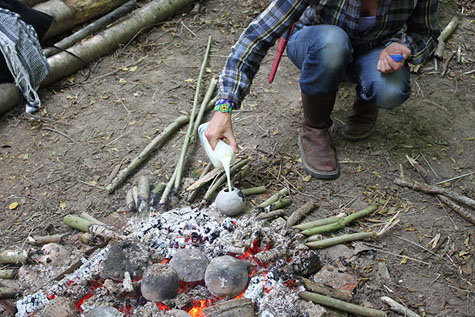
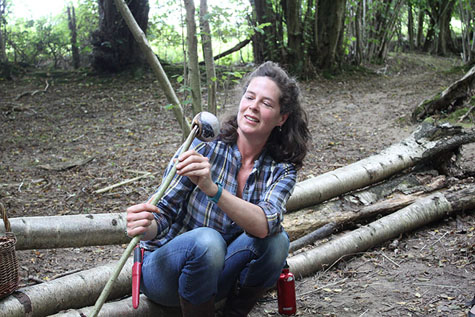

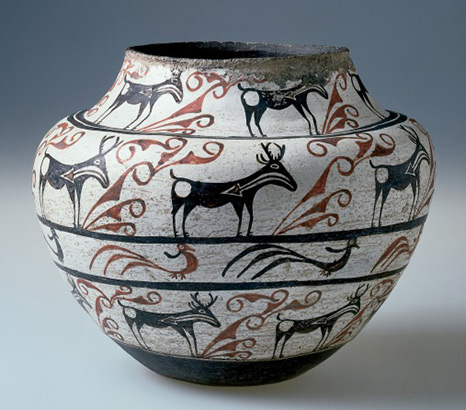
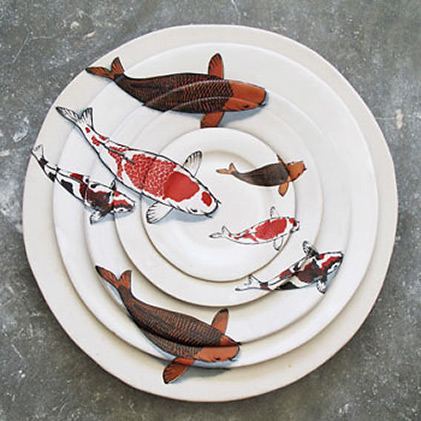
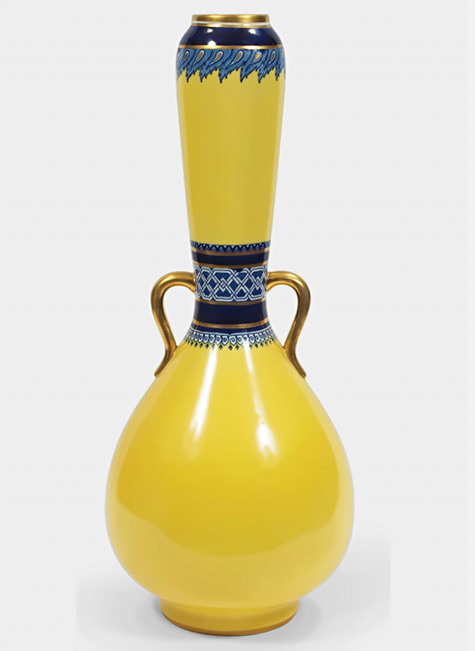
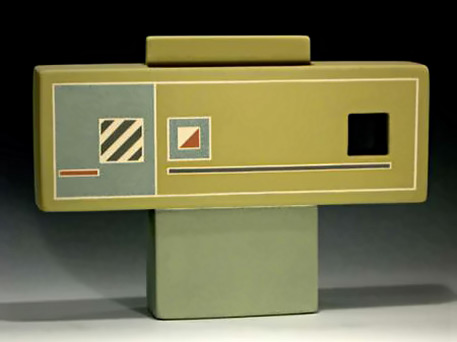
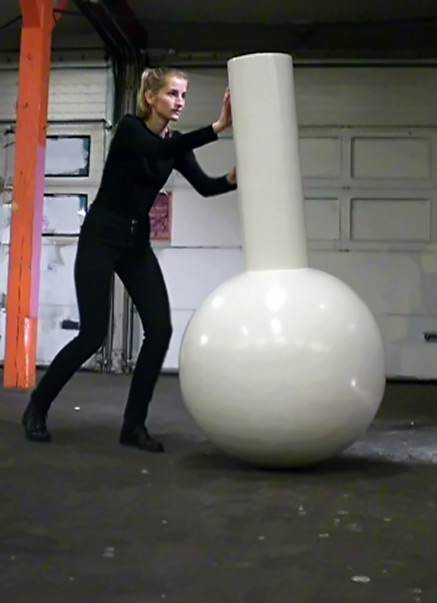
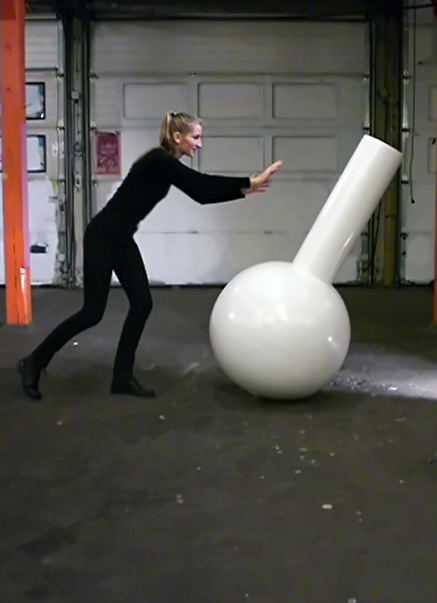
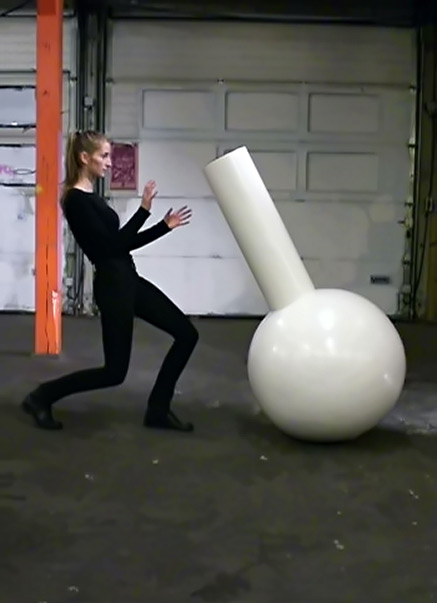
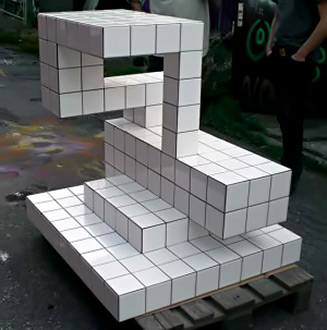
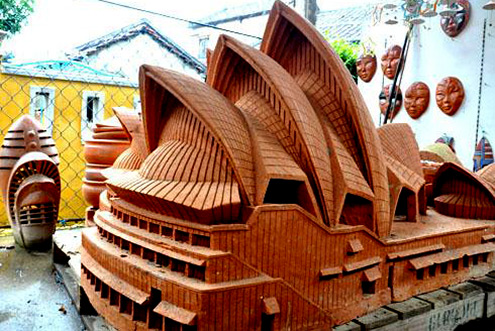
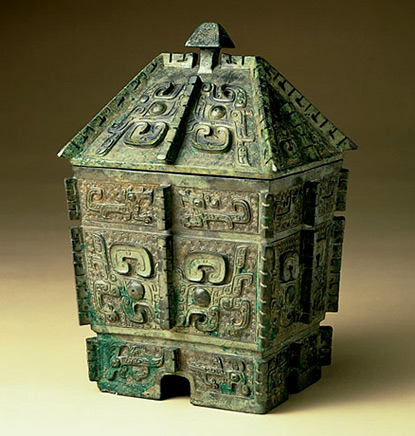
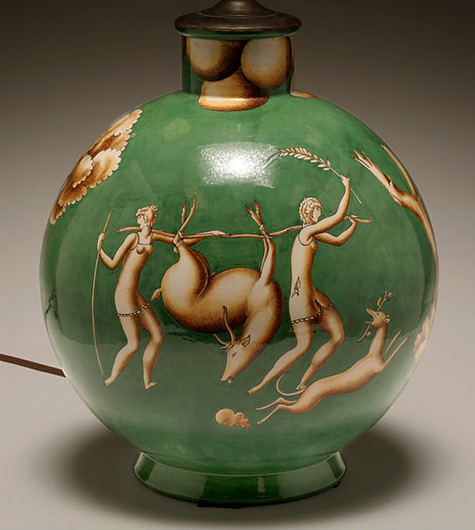
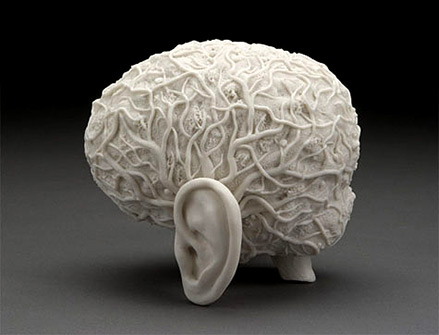
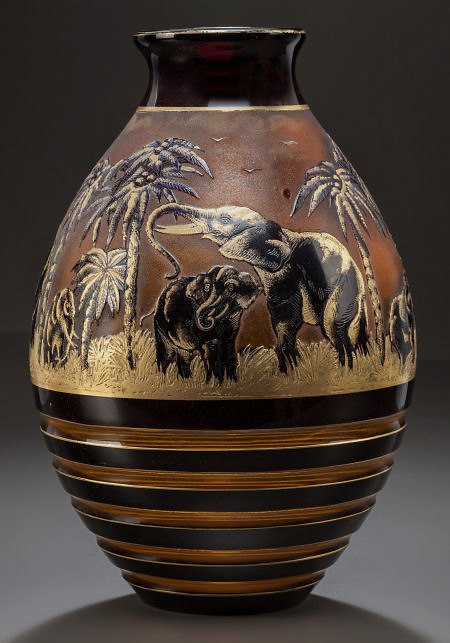
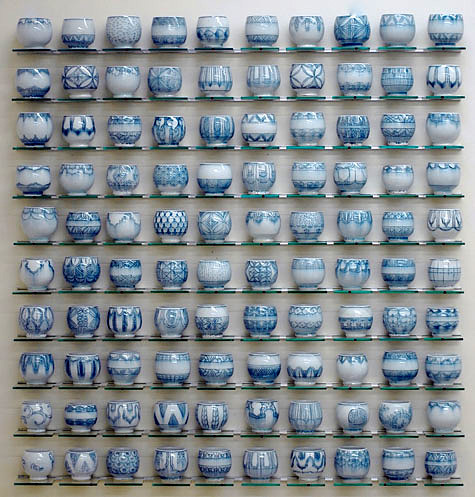
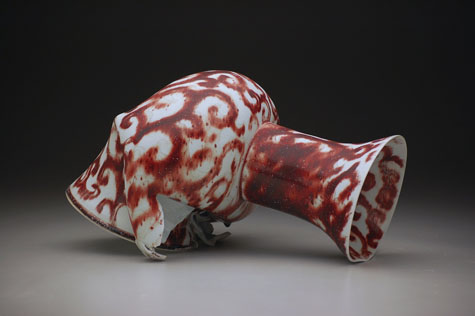
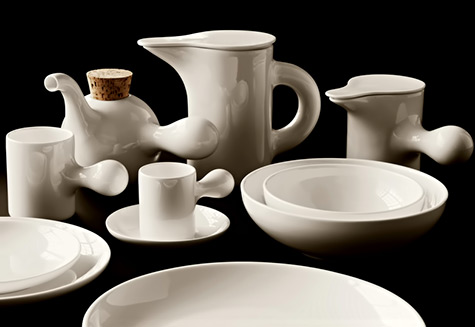

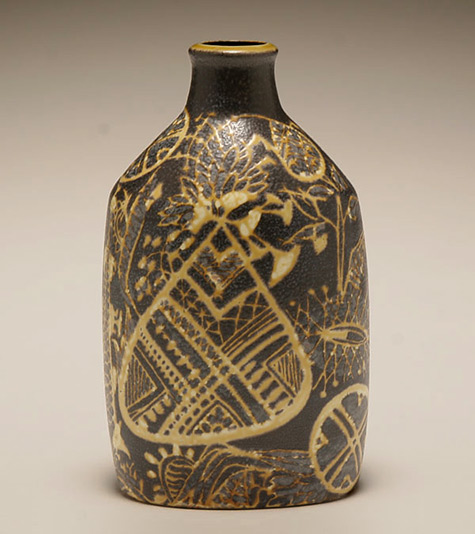
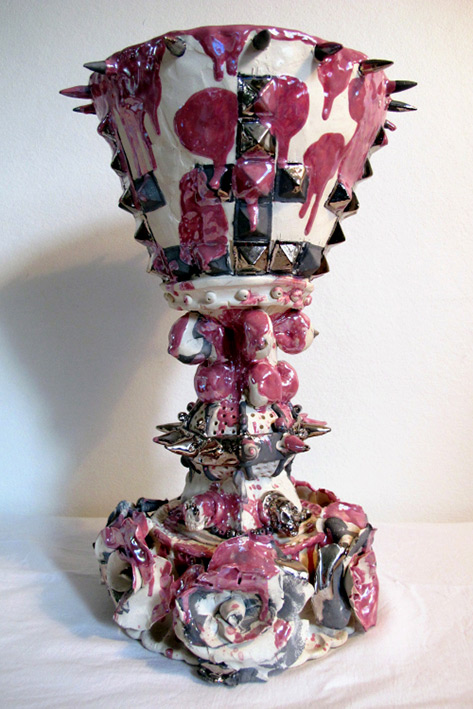
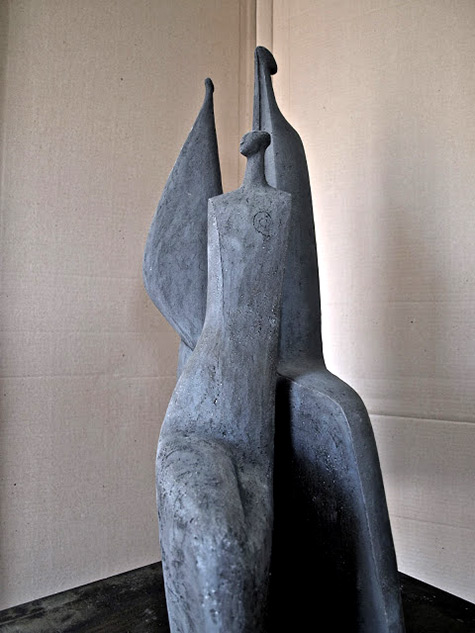
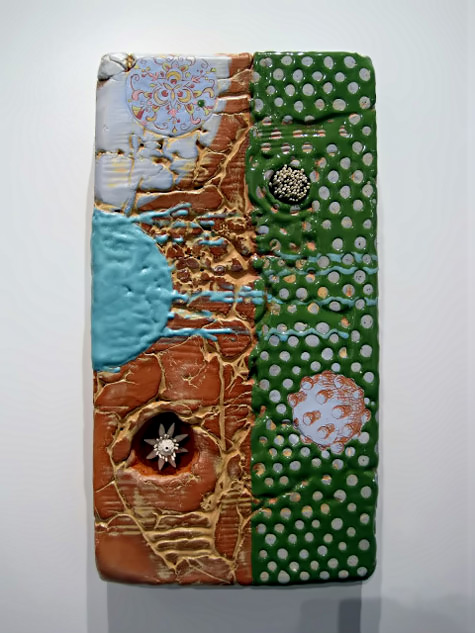
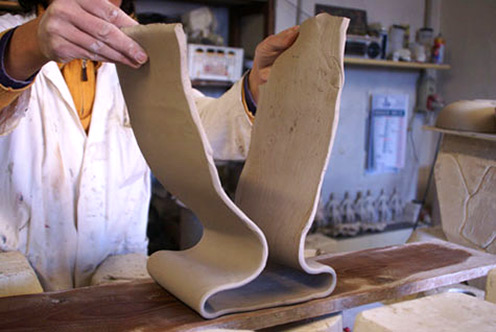
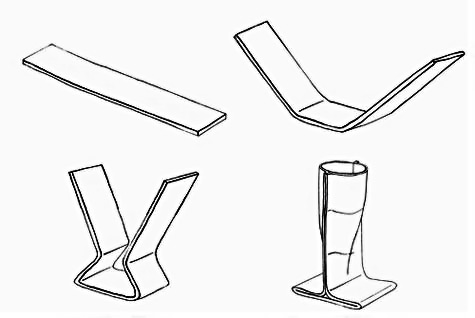
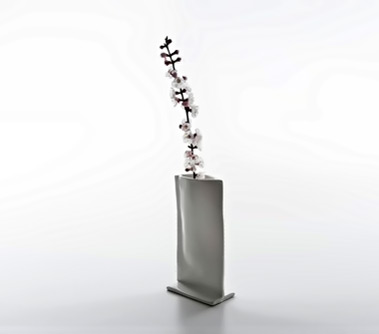
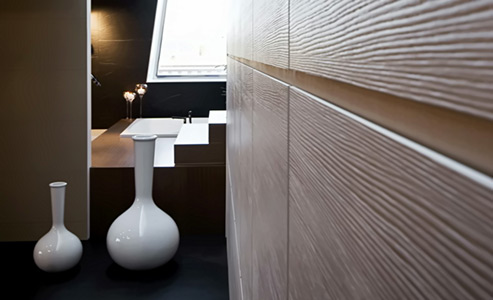
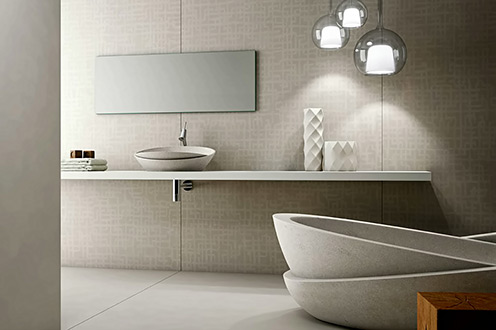
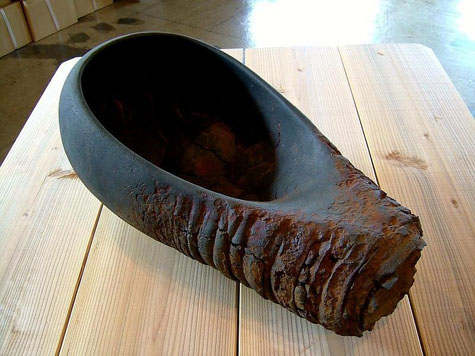
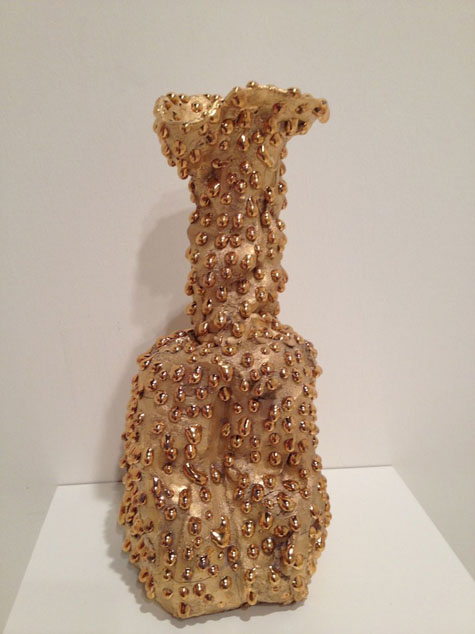
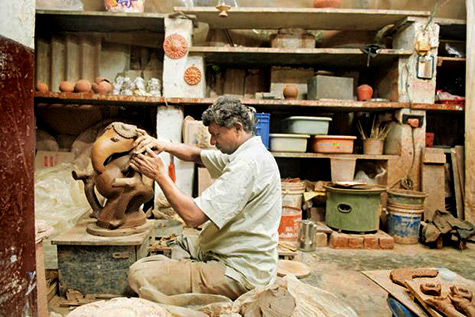
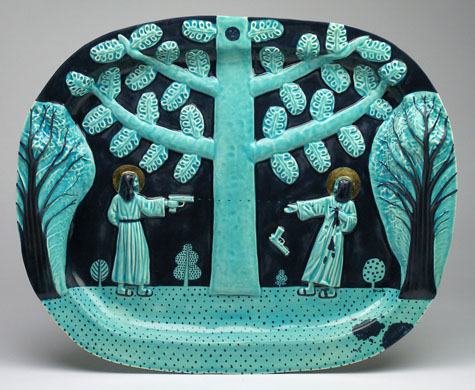
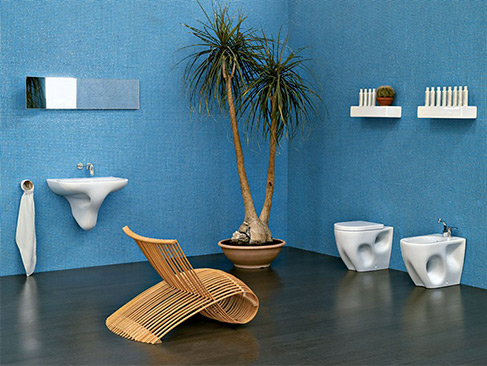
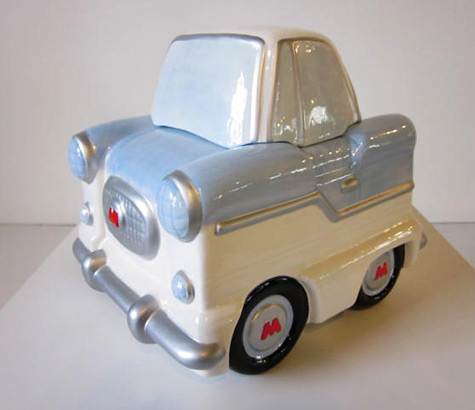

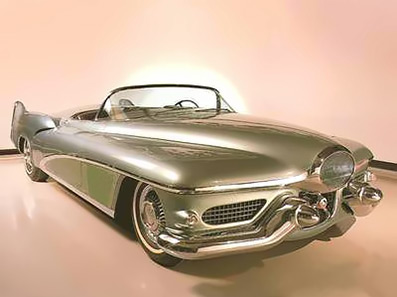
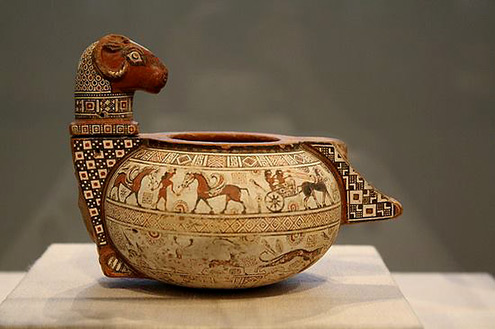
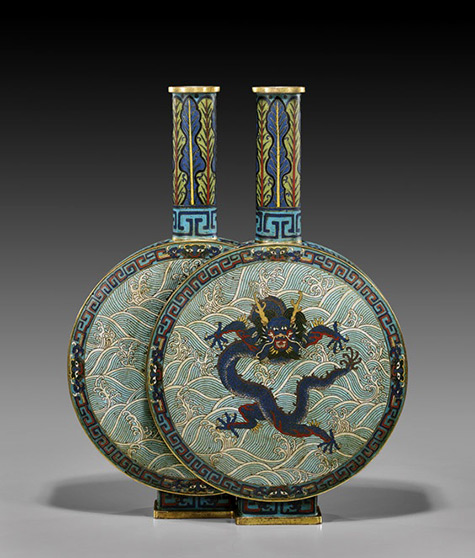
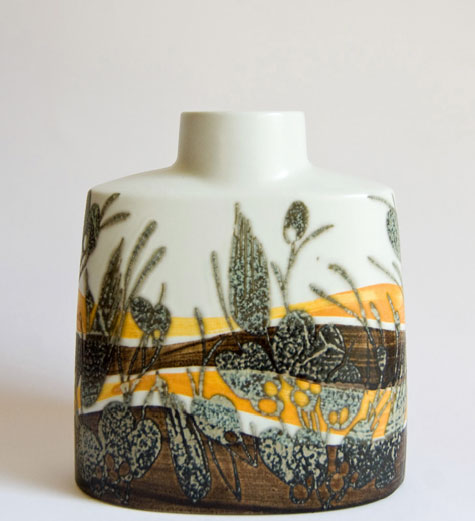
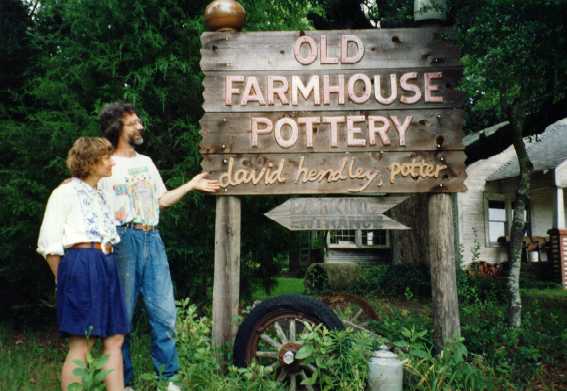
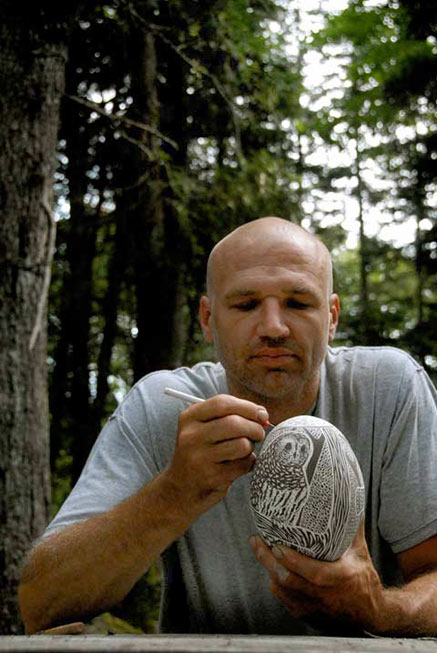
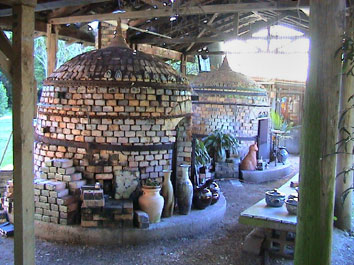


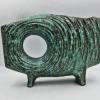
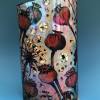
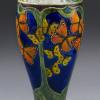

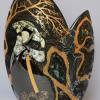
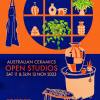
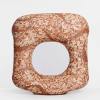
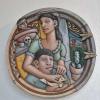

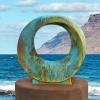

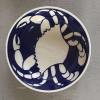

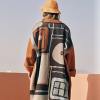
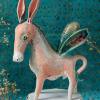


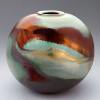
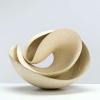
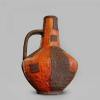



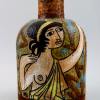
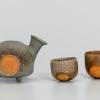
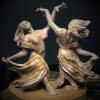
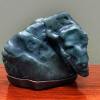
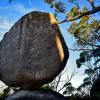
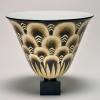

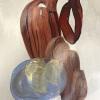

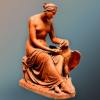

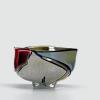

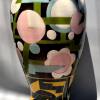
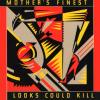

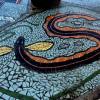

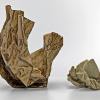
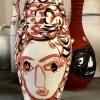
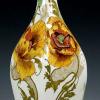


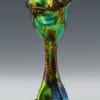
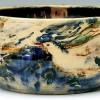
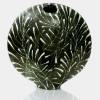
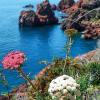
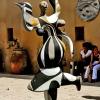
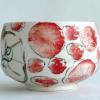
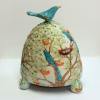

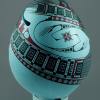
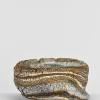
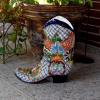
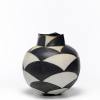

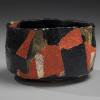
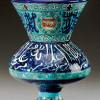
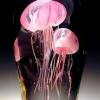

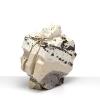

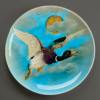
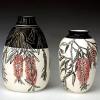
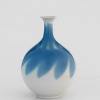
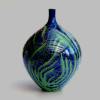
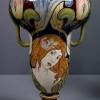
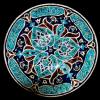
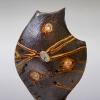
1 Comment
I would like tôdo some clay throwing at Ibiza next week – where would that be possible